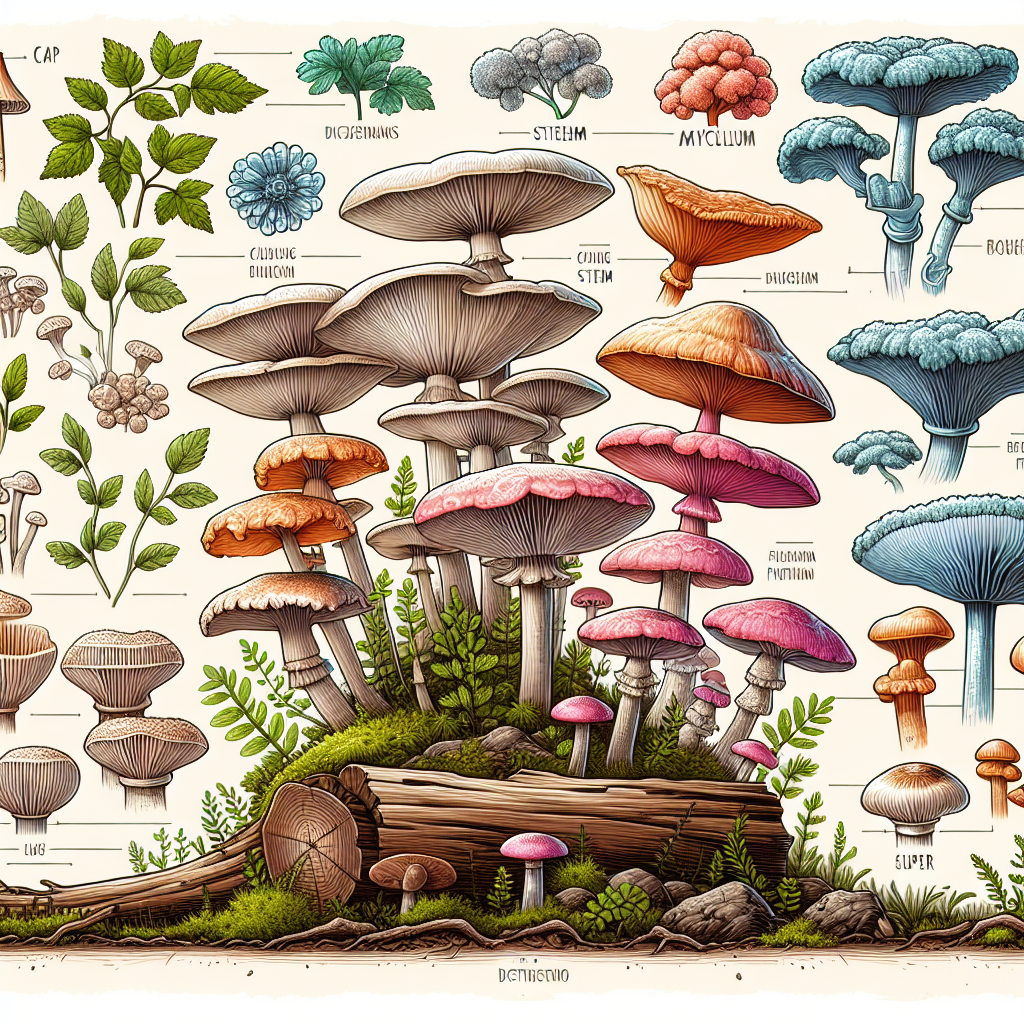Mystery of New Zealand's Colorful Fungi Solved
A recent study resolves a 30-year-old mystery about New Zealand's unusually colorful truffle-like fungi. Unlike typical fungi that rely on mammals for spore dispersal, these fungi may use fruit-eating birds due to New Zealand's lack of native land mammals. The findings highlight a unique bird-fungi relationship and its ecological implications.

- Country:
- New Zealand
Auckland, Aug 26 (The Conversation) — A new study has resolved a 30-year-old mystery surrounding New Zealand's unusually colorful truffle-like fungi. Unlike their dull-colored counterparts typically dispersed by mammals, these fungi are likely adapted to attract fruit-eating birds for spore dispersal.
Given New Zealand's lack of native land mammals, researchers hypothesized that these fungi evolved bright colors to appeal to birds, who rely more on vision than scent to find food. Analyzing data from 479 fungus species worldwide, the study confirmed that New Zealand hosts a significantly higher proportion of colorful fungi, especially red and blue species.
Evidence of bird involvement in fungal dispersal was first observed in Patagonia, but the New Zealand study strengthens the claim. The fungi also play a crucial role in forest ecosystems by aiding tree nutrient absorption, making the bird-fungi relationship vital for ecological balance. The loss of native bird species poses challenges for this unique mutualism, but ongoing research and conservation efforts aim to protect these interactions.
(With inputs from agencies.)










